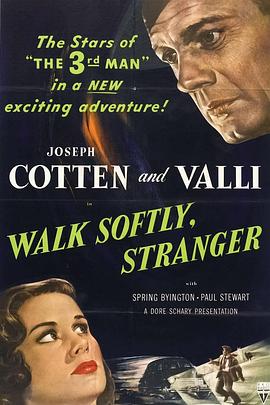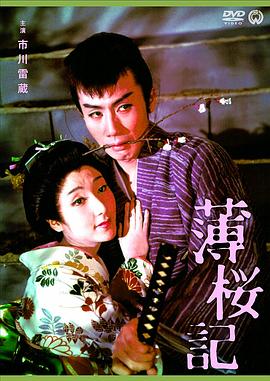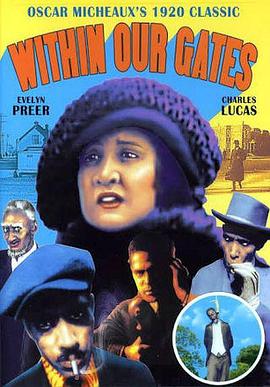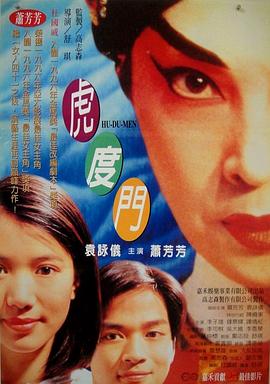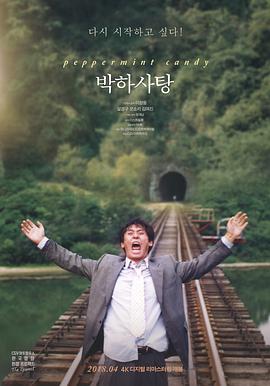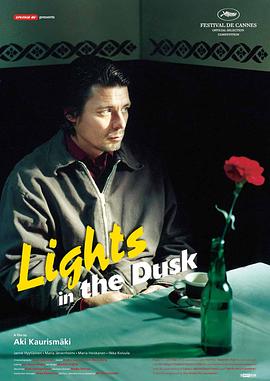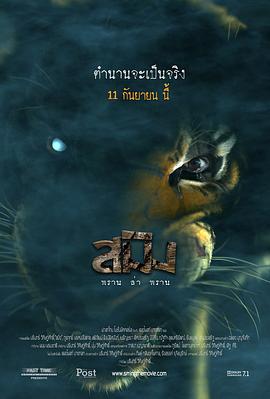In the 19th century, literary works depicting beauty and ugliness were all the rage. The "beauty" is strange and bright. There are strip clubs for peo[Expand All]
In the 19th century, literary works depicting beauty and ugliness were all the rage. The "beauty" is strange and bright. There are strip clubs for people to enjoy themselves, seriously ill illegitimate children, insensitive upper-class people, marriages ordered by fathers, as well as attempted abuse and abuse, and so on. The emotion of "beauty" is rich, encompassing both the beautiful such as true love and the cruel such as fear and hate. After being ruthlessly abandoned by her lover who was in the upper class of society, the pitiful woman, in order to pay for her son's medical expenses, had no choice but to dance around in front of everyone, showing off her beauty. Under the pressure of her father's order, the girl who had already set her heart on someone had to face the cruel reality of being about to marry a man over seventy years old. Taken in 1921, directed by Marcel Lepiere of France, the opening credits particularly note: This is a "farce", expressing Lepiere's contempt for Thomas Ince's ordinary and anecdotal themes. He tells the tragic fate of the Spanish dancer Sibila in an unconventional way. Lepier drew nourishment from the artistic achievements of French Impressionist painters, American Griffith and Swedish Sjostjom, and used special effects as an important means of film expression. The concise and perfect cinematography in the film makes the outdoor scenery and indoor sets of Spain in harmony and plays an important role in the development of the plot. The film also explores the methods of expressing passion through artistic techniques.[Collapse]



